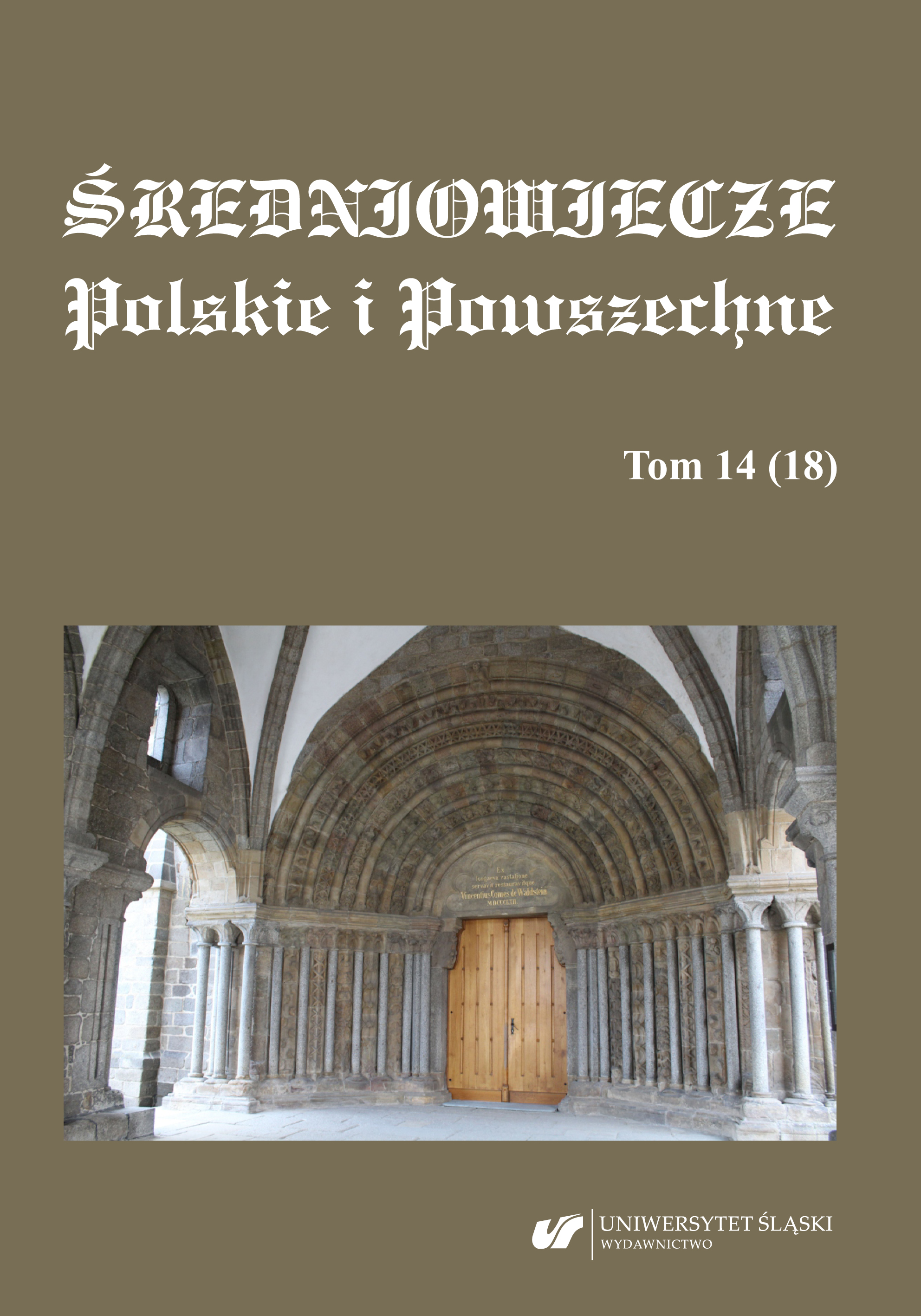Ideologia „przedmurza chrześcijaństwa” jako przykład propagandy w walce z Imperium Osmańskim
The Ideology of the “Bulwark of Christendom” as an Example of Propaganda in the Fight against the Ottoman Empire
Author(s): Katarzyna Niemczyk-WiśniewskaSubject(s): Political history, Middle Ages, 15th Century
Published by: Wydawnictwo Uniwersytetu Śląskiego
Keywords: Jan Olbracht; Aleksander Jagiellończyk; bulwark of Christianity; Antemurale Christianitatis; Moldova; Wallachia
Summary/Abstract: The term “Bulwark of Christendom” was coined already in ancient times to describe defensive walls that were supposed to guarantee the safety of cities. It quickly acquired a metaphorical meaning and was used to designate strategic points in defense against “infidels,” and in this sense it was predominantly used in the Middle Ages. With the growing power of Turkey and its expansion into the territory of Europe, this country became, in the minds of the people of the Middle Ages, the main threat to Christian Europe. The term Antemurale Christianitatis thus began to define countries directly threatened by a Turkish attack. A special role in the popularization of this term was played by humanists. As they themselves were convinced of the need to fight Turkey, by writing chronicles they somehow created reality. In particular, at the turn of the fifteenth and sixteenth centuries, these texts and this rhetoric also served as a pretext to justify their own dynastic policy of the rulers hidden under the slogan of the fight “against infidels”. In this article, Katarzyna Niemczyk-Wiśniewska examines three late medieval examples of the use of the ideology of the bulwark and the need to fight Turkey by three successive rulers of Poland, Jan Olbracht, Aleksander Jagiellończyk, and Zygmunt Stary.
Journal: Średniowiecze Polskie i Powszechne
- Issue Year: 14/2022
- Issue No: 18
- Page Range: 200-215
- Page Count: 16
- Language: Polish

